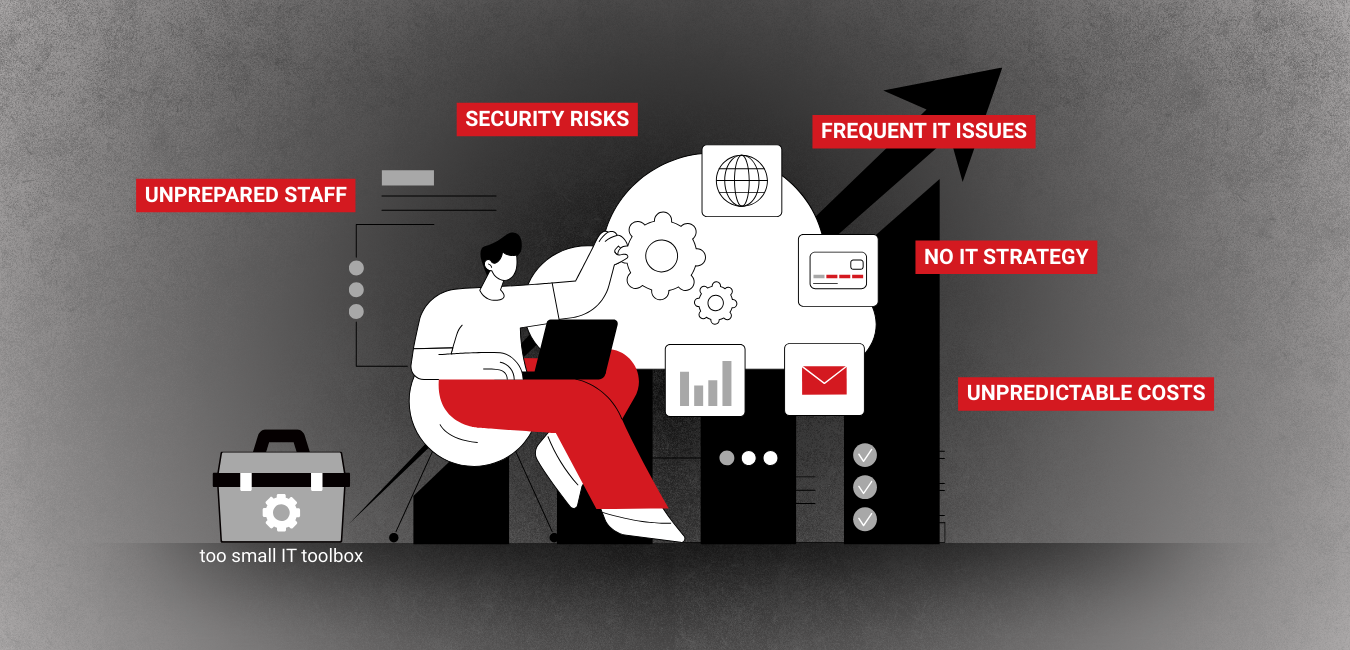
The world of business doesn’t stay static for a second. The world of technology is even more dynamic. In these realms, where constant change and transformation reign, the tools, ideas, and approaches that once brought you success may now have turned into a millstone dragging your business down. As Einstein once said: “We cannot solve our problems with the same thinking we used when we created them.” Paradoxical as it may sound, what worked yesterday most likely doesn’t work today.
Think about it, even Tony Stark doesn’t use the same Iron Man suit forever. He constantly updates and modernizes it to make it more effective. Even in Maslow’s hierarchy of needs, once our basic needs are met, fulfilling higher-level goals and desires requires entirely new perspectives, approaches, and tools. One thing is certain – change is constant and absolutely essential for every modern business.
A recent study by the U.S. Chamber of Commerce revealed that 60% of small businesses worldwide consider cybersecurity threats and phishing attacks their biggest challenge. Yet most of these businesses still rely on outdated and ineffective IT support models. An article published by The Sun shows that businesses lose nearly 100 working hours annually due to technological issues, significantly affecting overall productivity and employee performance. Success and growth cannot be found where we fear change and cling to the beaten old paths.
That’s why in this article we’ll look at five signs that suggest your business has likely outgrown traditional IT support and needs an efficient, proactive, and future-ready IT strategy. Don’t miss it, stay with us!
1. Frequent Downtime or Recurring IT Issues
People have long said that time is money. If this holds true for every business, then downtime is the reason you lose both money and valuable time. It’s clear to all of us that every missed second is not just a missed profit or a new opportunity, but also something that can break your employees’ overall morale, significantly reduce their productivity, and even become a major reason for losing the trust of loyal customers. In the world of business, few things are more nightmarish than downtime. And few things cost more. According to a recent Gartner study, IT downtime costs medium and large businesses an average of $5,600 per minute, which adds up to more than $300,000 per hour! Truly significant financial losses on top of additional ones such as missed deadlines, loss of client trust, missed opportunities, and more.
The traditional IT approach in such cases is based on the reactive “break-fix” principle, but is that enough? Fixing a problem after it has already occurred and caused serious damage is not exactly the most effective strategy, wouldn’t you agree? So what is the alternative and truly effective solution? Managed IT-as-a-Service (M-ITaaS) offers a proactive model built on prevention – issues are addressed and even prevented before they escalate. Thanks to continuous monitoring, 24/7 support, and constant maintenance, this model ensures that all systems operate seamlessly, and if a problem does arise, it is resolved quickly and before it leads to costly downtime.
2. Lack of Strategic IT Guidance
Managing a business without clear and effective strategic IT guidance is like living in the Age of Discovery without owning a compass. You’re at sea, and your ship is moving, but most likely without a clear direction and not toward your intended destination despite your good intentions and high hopes. Many companies that rely on traditional IT support providers eventually realize that while these providers can put out fires before they turn into full-scale disasters, they rarely offer a plan or guidance for future actions and strategies. And although a given problem can sometimes be solved with a reactive approach and without severe consequences, the traditional IT model creates a significant risk of developing a blind spot. In other words, your business may enter a prolonged period of stagnation without the right strategy going forward, while markets continue to shift, your competitors adopt new technologies before you’ve had your first coffee of the day, and customer expectations keep rising.
According to a PwC survey, 77% of company executives believe that new technologies are the main factor that will shape business in the next five years. Yet despite these numbers, many companies still treat IT as secondary rather than as a true driver of innovation and success. Without effective strategic IT guidance, technology becomes nothing more than a patchwork of temporary fixes and quick solutions instead of the cohesive and sustainable growth strategy it has the potential to be. The role of M-ITaaS is to close this gap completely, harnessing the synergy between technology and business objectives through strategic consultation combined with continuous support.
3. Rising Costs with Little Predictability
Few things disrupt the peace of mind of business owners as much as rising, out-of-control expenses without a clear reason. Traditional IT support usually works on the principle of paying for a specific service delivered. While this may appear to be the most budget-friendly option on the market, is it really the best financial choice in the long run? The rapid accumulation of additional and hidden costs, emergency and unexpected fixes, and so on not only ends up costing businesses more but also prevents effective budget planning for these services. According to a Deloitte study, 70% of business owners believe that unexpected IT expenses directly hinder and impact their ability to scale effectively. What M-ITaaS offers as a strong alternative is a much clearer and more transparent subscription-based model for specific periods, which puts an end to the erratic IT costs.
4. Security Gaps and Compliance Risks
We live in an era where everything is connected to technology, and even the economy has been largely digitalized. This makes information as valuable as gold. That is why the theft of information and data is so tempting for criminals and is under constant threat – its value is simply too high. The traditional IT support model often leaves poorly protected areas in terms of security and compliance, making it truly unreliable and insufficient for safeguarding data. From weak access controls to unpatched software, even the smallest gaps can open wide doors to malicious attacks. IBM points out in its latest Cost of a Data Breach Report 2023 that the average cost of a security breach has reached a record-high $4.45 million. While such events are severe blows – both financially and reputationally – for large enterprises, for small businesses they can be absolutely devastating. Managed IT-as-a-Service doesn’t ignore these problems and risks but actively addresses them. This is achieved through continuous monitoring, timely risk detection, and proactive compliance management, ensuring that every business remains well-protected at all times.
5. Overwhelmed or Unprepared Employees
Even the best team can fail badly when faced with challenges outside their experience and expertise. For many businesses still relying on the traditional IT approach, employees from different departments unwillingly become IT managers, struggling daily with Wi-Fi issues, hardware and software problems, constant updates, and security warnings they lack the expertise to fully understand. The results of these situations range from lost productivity to complete employee burnout – and they are always unfavorable. M-ITaaS removes these responsibilities and burdens from your staff, placing them in the capable hands of experts whose job is to provide continuous support, training, and automation. This way, your employees can focus on what they do best.
Would you like to learn more about how Managed IT-as-a-Service, offered by TSD, can deliver a range of benefits for your business? Then don’t hesitate and get in touch with us today!
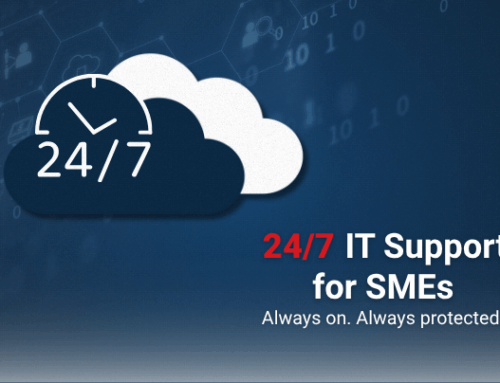
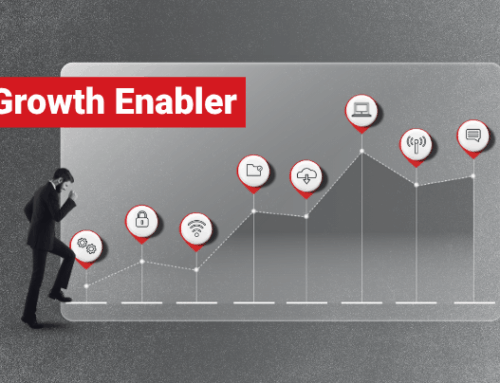
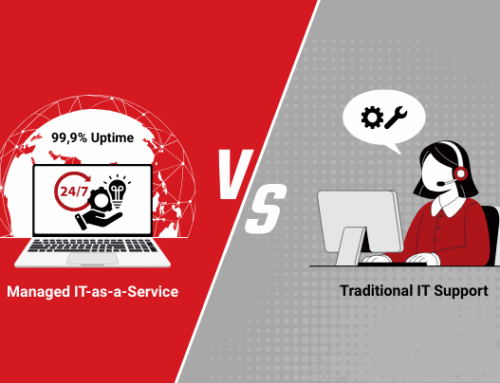

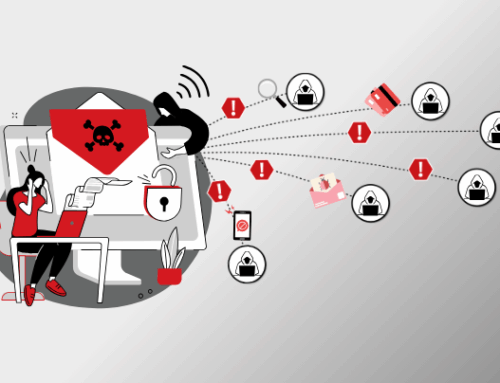
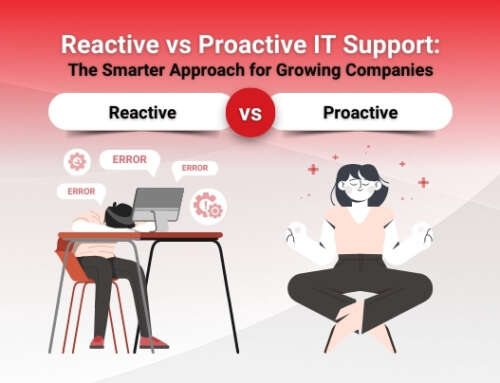
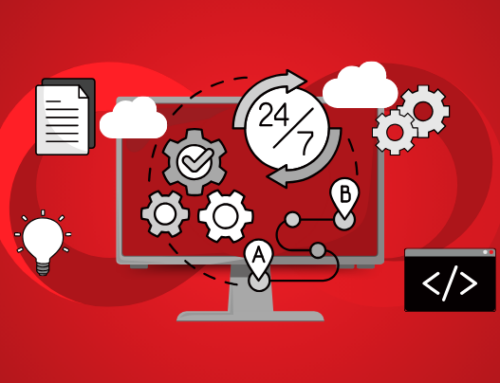
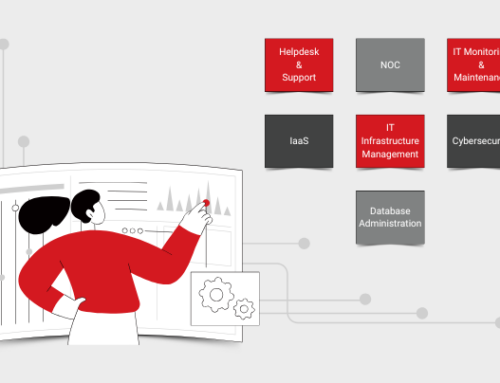
Leave A Comment